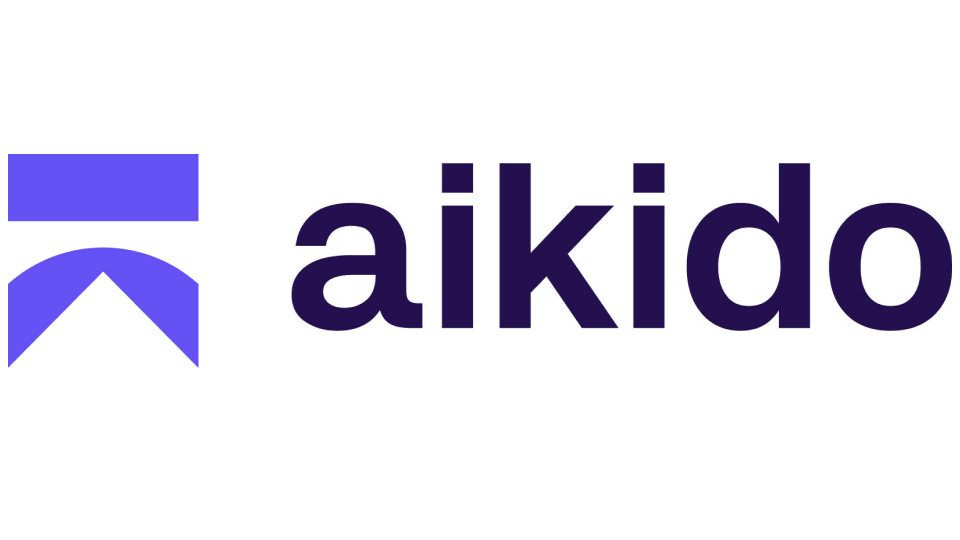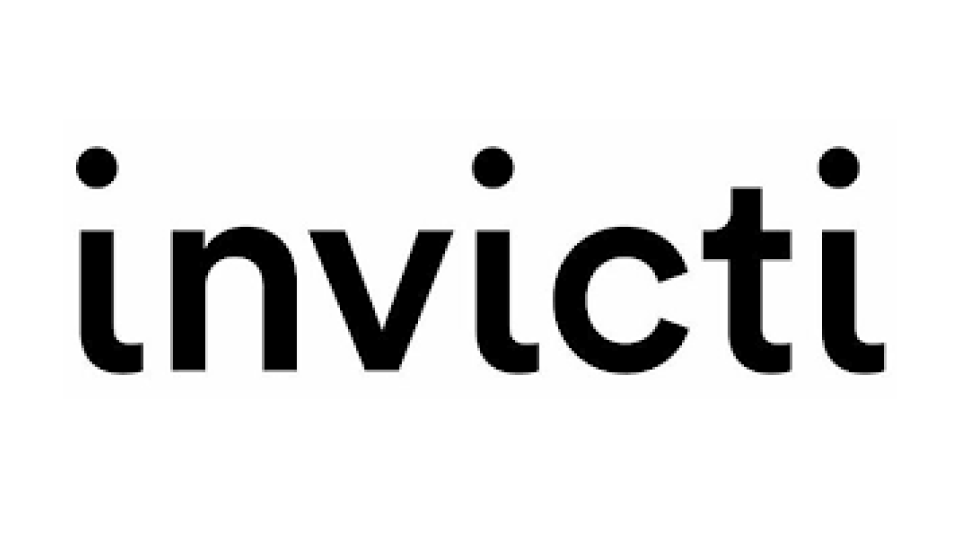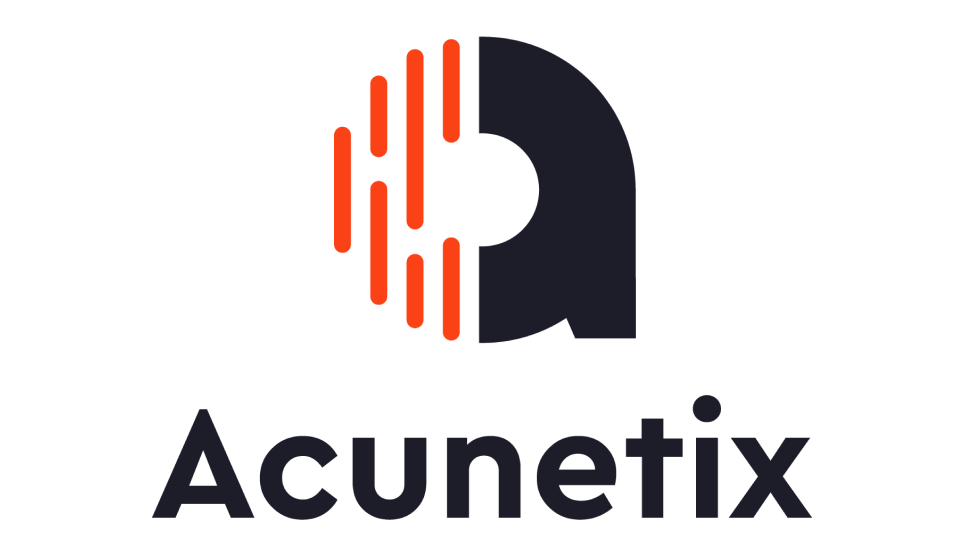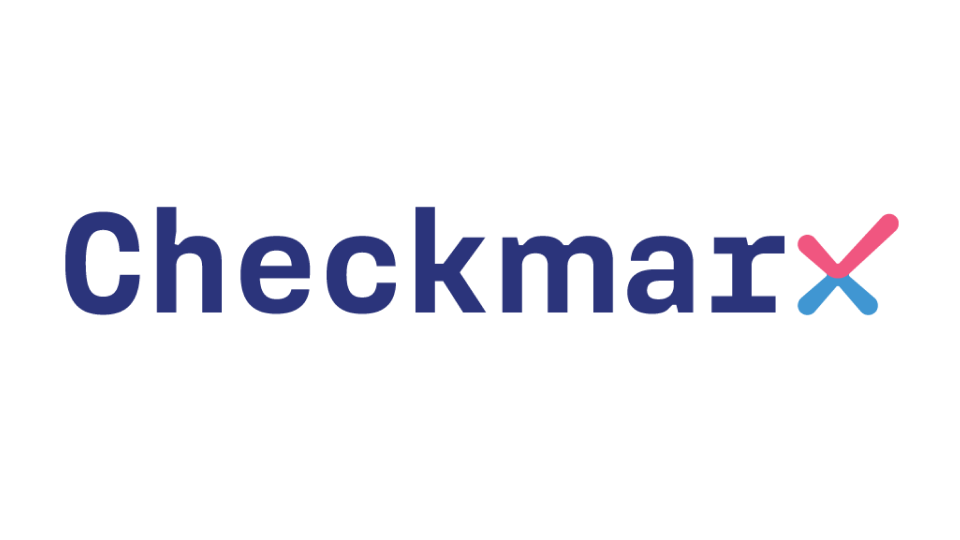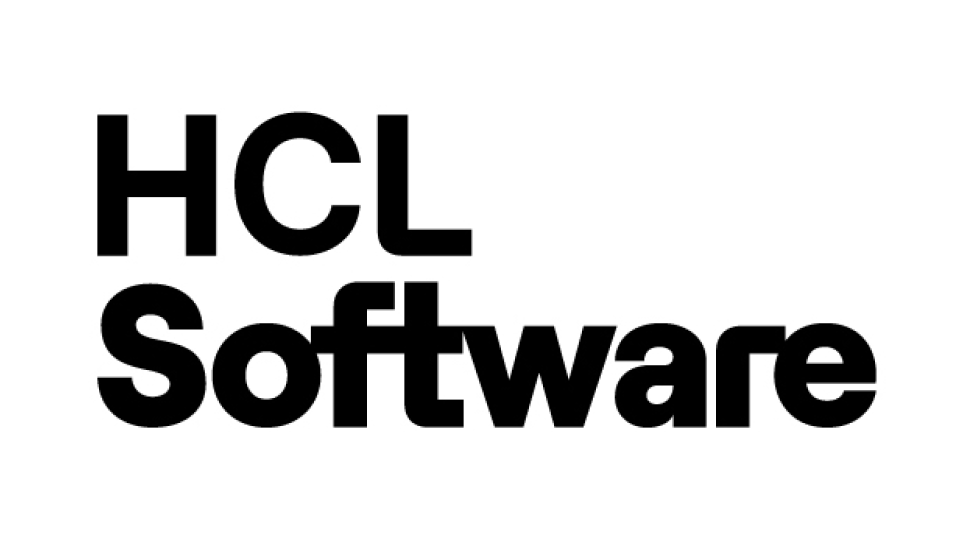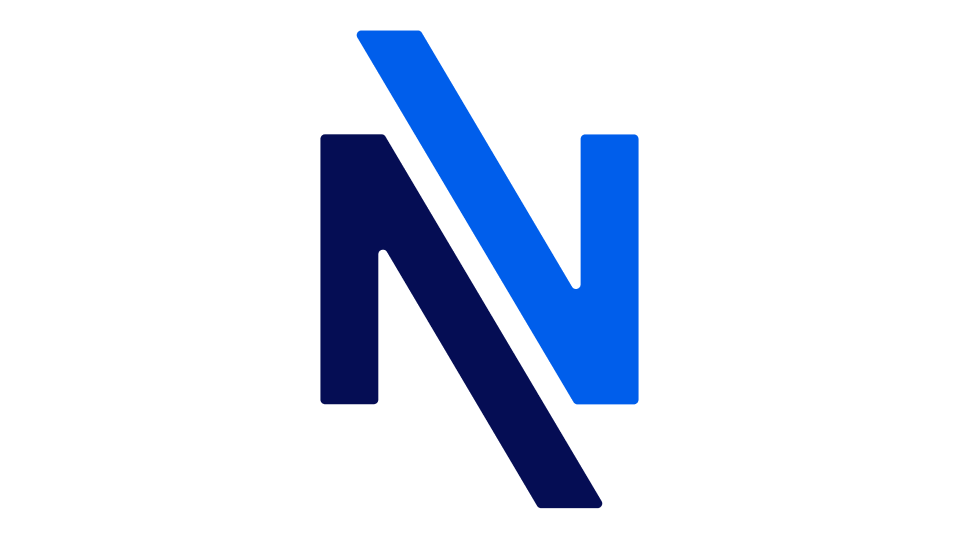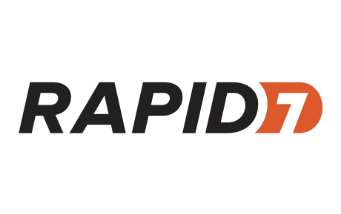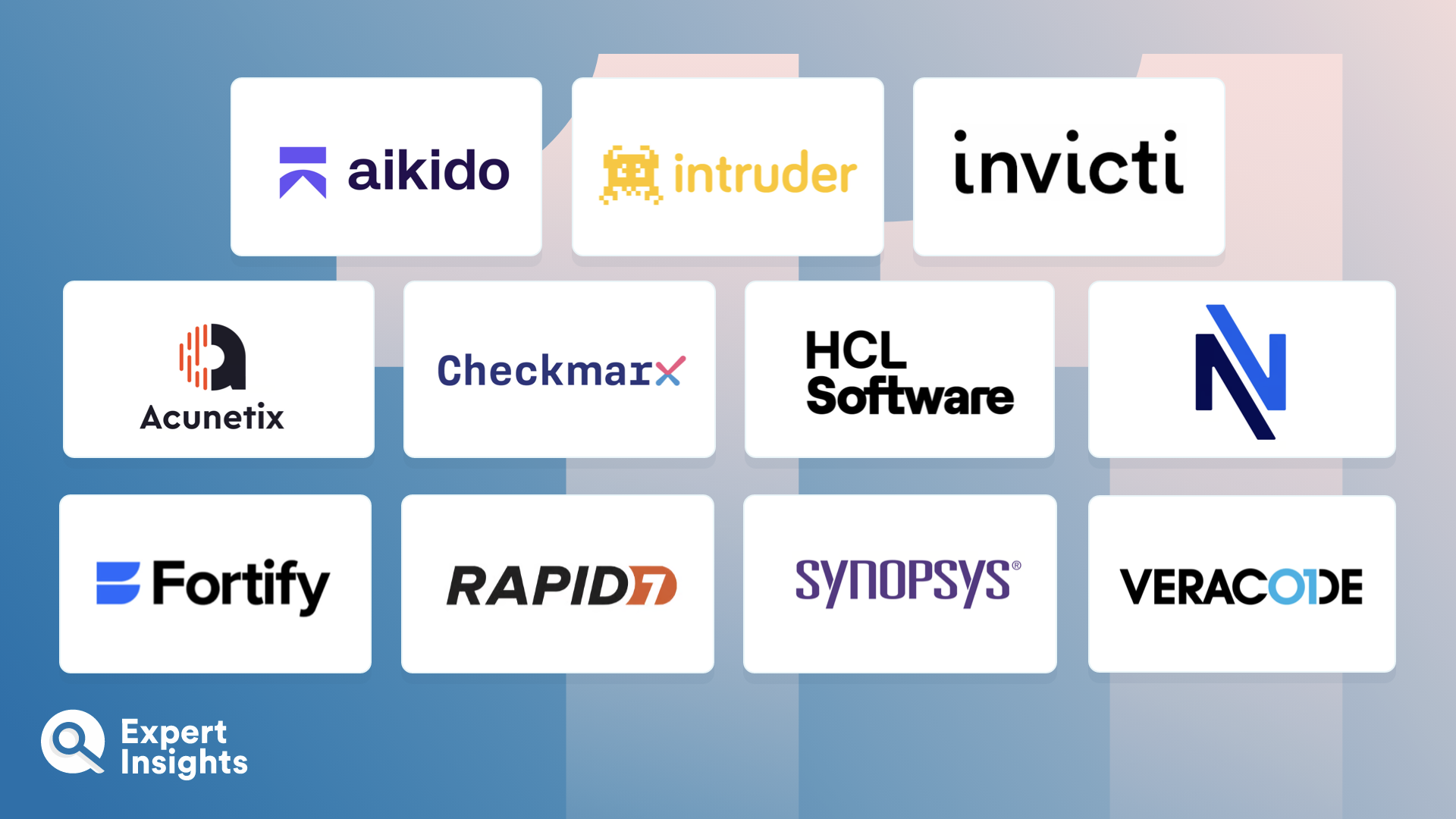Everything You Need To Know About Dynamic Application Security Testing Tools (FAQs)
What Is Dynamic Application Security Testing (DAST)?
Dynamic Application Security Testing (DAST) is the process of simulating attacks (also called “penetration tests”) against a web application while it’s still in production, in order to find potential vulnerabilities.
These attacks are carried out through the front end of the app, enabling the DAST scanner to analyze the app just as an external threat actor would.
As web apps evolve during production, Dynamic Application Security Testing tools continue to scan them frequently to ensure that risks are picked up and resolved quickly and efficiently.
Why Is DAST Important?
Web and mobile applications are integral to many business processes, both public-facing (such as eCommerce stores) and internal-facing (such as financial, HR, sales, content management, and marketing systems). If an application is rolled out with vulnerabilities, an attacker could exploit those vulnerabilities via an attack such as an SQL injection or cross-site scripting (XSS), and steal the data stored not only in that app, but anywhere on the victim’s network. This can greatly harm the organization that bought and deployed the app, as well as lead to the financial and reputational damage of the company that developed it.
By building DAST into the software development lifecycle early on, developers can identify and remediate vulnerabilities in their applications before they’re made available to the public—and to cybercriminals. Not only does this improve the app’s security posture and reduce the chance of a data breach down the line, but it also makes the vulnerability cheaper to fix.
Dev teams can also use DAST solutions to identify misconfigurations within their applications, highlight any problems with the end user experience, and streamline regulatory compliance. Some development companies use the OWASP Top 10 list of vulnerabilities as a compliance benchmark for application security, and the continuous scanning carried out by a DAST tool can provide evidence that a development company is proactively reducing their overall business risk by evaluating their apps’ security.
How Do DAST Tools Work?
DAST tools continuously scan the front end of running applications for runtime vulnerabilities that a cybercriminal could try to exploit. These scans usually involve checking access points via HTTP, carrying out simulated attacks using various known vulnerabilities and risk user actions, and testing the app’s API service by sending verification requests and incorrect data.
Most DAST scanners are made up of two components that carry out these checks—a crawler and an analyzer:
- The crawler goes through every link on every page within the application, examines the contents of files, and presses buttons. This gives the dev team insight into the different ways that an attacker could interact with the app.
- The analyzer both passively studies the information provided by the crawler, and actively sends requests with incorrect data to the application. It then uses the app’s responses to those incorrect requests to identify vulnerabilities.
When they find vulnerabilities, DAST tools automatically alert the dev team and create a report of how an attacker could remotely exploit that vulnerability. Some DAST solutions also offer an “attack replay” feature that guides dev teams through the discovery and potential exploitation of the vulnerability, so it’s easier for them to locate and remediate it.
Dynamic Vs. Static Application Securing Testing
DAST tools aren’t the only form of web application security out there. Many development teams combine DAST tools with Static Application Security Testing (SAST) tools, which analyze the application’s source code for potential vulnerabilities.
Using both dynamic and static analysis enables dev teams to gain a comprehensive view of their application’s attack surface, from the outside in (DAST) and the inside out (SAST).
You can read our guide to the Top SAST Tools here.
The Best DAST Solutions For Business: Shortlist FAQs
Why should you trust this Shortlist?
This article was written by the Deputy Head of Content at Expert Insights, who has been covering cybersecurity, including privileged access management, for over 5 years. This article has been technically reviewed by our technical researcher, Laura Iannini, who has experience with a range of cybersecurity platforms and conducts thorough product tests to ensure that Expert Insights’ reviews are definitive and insightful.
Research for this guide included:
- Interviewing executives in the DAST space, as well as the wider application security industry, for first-hand insight into the challenges and strengths of different solutions
- Researching and demoing solutions in the DAST space and wider application security categories over several years
- Speaking to several organizations of all sizes about their DAST challenges and the features that are most useful to them
- Reading third-party and customer reviews from multiple outlets, including paid industry reports
This guide is updated at least every 3 months to review the vendors included and ensure that the features listed are up to date.
Who is this Shortlist for?
We recommend that all software development teams use some form of application security to ensure the accuracy, integrity, and security of their code. This list has therefore been written with a broad audience in mind.
How was the Shortlist picked?
When considering DAST solutions, we evaluated providers based on the following criterion:
Features: Based on conversations with vendors, end customers, and our own testing, we selected the following key features:
- Support for multiple languages: The best DAST tools use domain data and SSL certificates to identify all of your web apps, then scan each of those assets for vulnerabilities—no matter what programming languages have been used to develop them.
- Comprehensive testing: DAST tools should offer comprehensive crawling and analysis functionality that enable them to scan newer technologies powered by JavaScript and AJAX—not just HTML. Many apps also include features or functions that are only accessible after a user has logged in.
- Automatic, continuous testing: Users should be able to schedule frequent, ongoing scans to help reduce the period between a vulnerability appearing within their app, and it being identified and remediated.
- API scanning: Lots of modern web applications are built using a combination of custom code and open-source or third-party code that’s accessed via web APIs. DAST tools should be able to scan those APIs, with support for common API formats, including WADL and OpenAPI.
- Remediation support: The best DAST tools offer in-depth, actionable vulnerability reports that help developers to quickly identify and remediate security issues. These should be generated automatically and include details on the severity of the issue. Some DAST tools also offer root cause analysis; others offer “attack replay” features that give proof the exploit exists; others still offer recommended remediation actions.
- Compliance reporting: DAST tools should help automate compliance reporting by providing out-of-the-box reporting templates for users’ specific requirements, or enabling users to build custom reports. These can help identify issues that need addressing, as well as prove to compliance bodies that the user is regularly testing their application’s security.
- Integrations: A DAST solution should integrate seamlessly with the user’s existing development environment, including issue-tracking tools, continuous integration solutions, SAST or IAST tools, and development and testing workflows.
Market perception: We reviewed each vendor included on the Shortlist to ensure they are reliable, trusted providers in the market. We reviewed their documentation, third-party analyst reports, and—where possible—we have interviewed executives directly.
Customer usage: We use market share as a metric when comparing vendors and aim to represent both high market share vendors and challenger brands with innovative capabilities. We have spoken to end customers and reviewed customer case studies, testimonials, and end user reviews.
Product heritage: Finally, we have looked at where a product has come from in the market, including when companies were founded, their leadership team, their mission statements, and their successes. We have also considered product updates and how regularly new features are added. We have ensured all vendors are credible leaders with a solution we would be happy to use ourselves.
Based on our experience in the AppSec and broader cybersecurity market, we have also considered several other factors, such as the benefit of consolidating multiple features into a single platform, the quality of the admin interface, the customer support on offer, and other use cases.
This list is designed to be a selection of the best DAST providers. Many leading solutions have not been included in this list, with no criticism intended.



